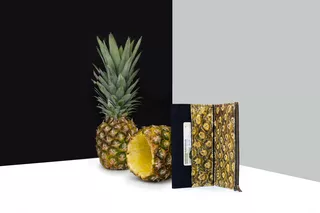Acceptance of ecological materials using the example of leather substitute

Due to its specific properties and positive image (high quality and tradition), leather is a popular material that is often used in the premium segment. Although leather consists of a natural raw material, its manufacture is critical from an ecological and health point of view. The same applies to synthetic substitutes. Plant-based alternatives are therefore being used more and more frequently: Qualitative studies show that the plant-based leather substitutes developed to date are far inferior to leather in terms of sensory perception, appearance and quality impression and are positioning themselves as a „niche product“ for the vegan community. A further investigation shows that there is an interest in society for environmentally friendly products. However, this interest does not mean that a purchase or an acceptance goes hand in hand. Therefore the dissertation examines the question:
Which requirements for an ecological leather alternative have to be fulfilled to be accepted by the user?
With the help of acceptance models as well as studies on material perception and effects, the requirements are determined. The resulting acceptance model should be transferable to other materials to support material developers and designers in the development process.
| Doctoral Candidate | Jessica Bulling |
| Advisor |
Prof. Dr. Jens Krzywinski, TU Dresden Prof. Matthias Held, Hochschule für Gestaltung, Schwäbisch Gmünd |